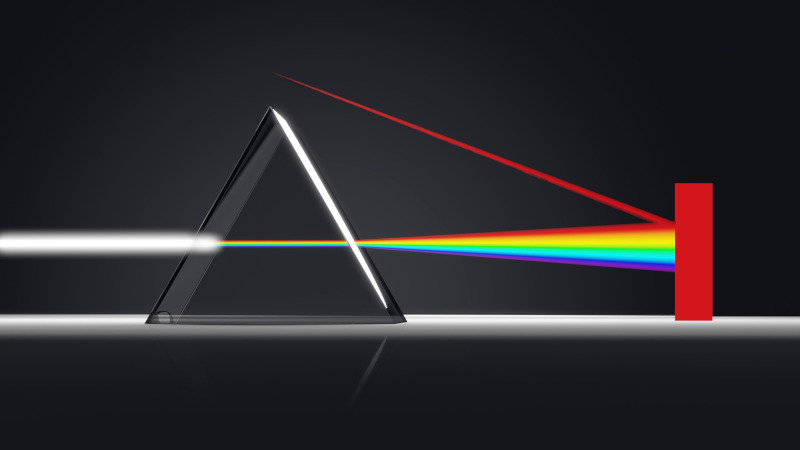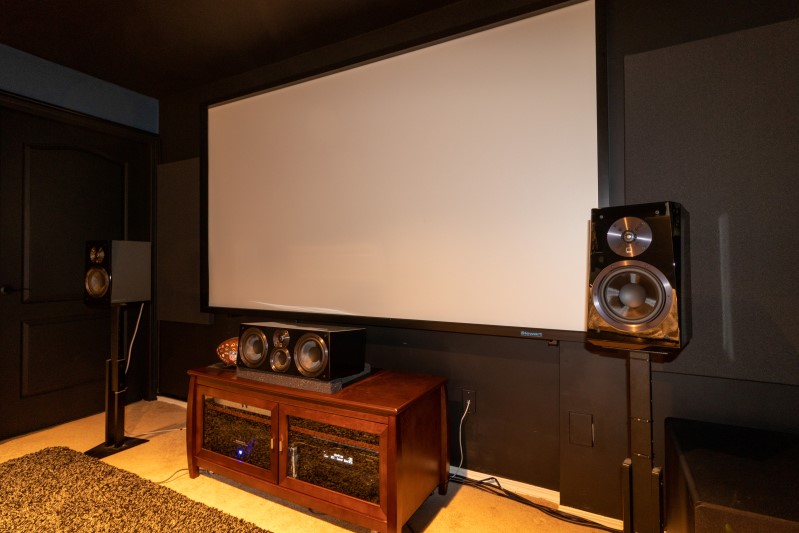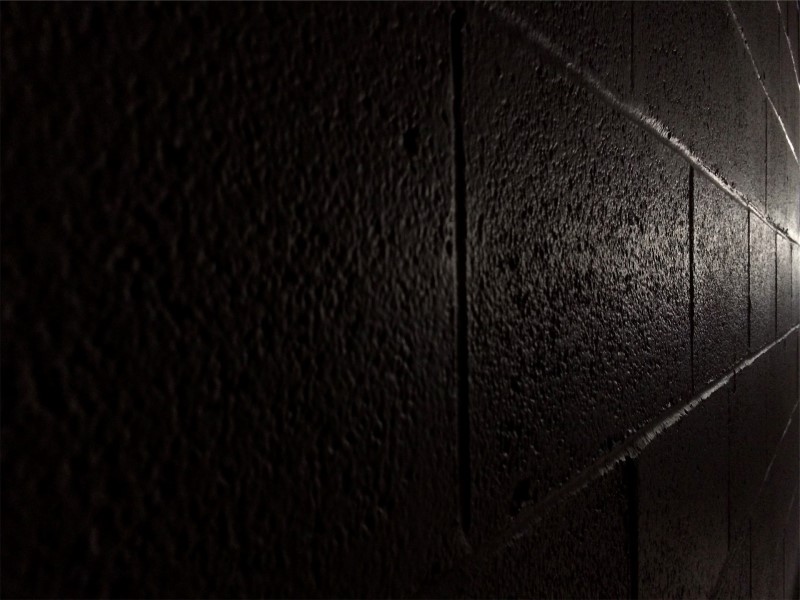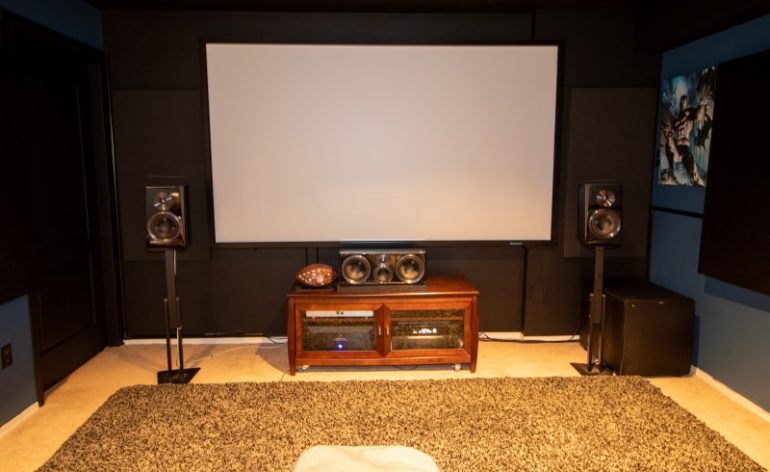Should I Paint My Home Theater Walls Black – Why or Why Not?
Just like any hobby, there are those that take home theater to the extreme. They want the most efficient speakers, the largest subwoofers, and the biggest amps. They also want the best black levels. They don’t want any light to reflect off their walls and back onto their screens. How do you stop this? Paint every wall in your home theater black! But is this really a good idea? Does it really make a difference? Should you do it? Let’s discuss.
What’s the Point?
Let’s quickly refresh our science lesson from fourth grade. When light hits an object, some of the light is absorbed and some is reflected. If you are wearing a green shirt, the shirt is absorbing all the light except for the color green. The green color is reflected and that is why it looks green. A white shirt reflects all light while a black shirt is the absence of color.
This means that black, by definition, absorbs all light. At least in theory. We’ve all seen the videos of Vantablack (YouTube Link). Vantablack (and other extremely black paints and materials) exist. Normal black paints and dyes still reflect some light. That’s why we can see their contours and shapes. But it is far less light than other colors.

The idea is that any reflected light, especially in a home theater with a projection screen. is bad. If your walls are any color, that color will “taint” the image on the screen. And you can understand the thought. If you have a white image on the screen, that white light is reflecting off the screen and into the room. If your walls are green (for instance), that light reflects off the wall and back onto the screen. While it won’t turn your white image green, it can give it a green tint. To eliminate any danger of your home theater screen being affected by the wall color, black paint is advocated by hardcore enthusiasts.
What’s the Problem
Repainting a wall is no small ask. Running around and suggesting that people “must” paint the walls of their home theater black is met with skepticism at best and people picking up pitchforks at worst. People have a hard enough time convincing their significant others that acoustic panels that simply hang on the wall are a good idea. Painting an entire room black? That’s a non-starter.

But that isn’t always necessary. Many will suggest that it isn’t that you need to paint every wall black, it is just advisable to paint the wall behind the screen black. Others will say that any surface in your line of sight should be black. In either case, you are still asking people to paint at least one wall of their home theater black.
Does it Work?
We’ve heard the explanations of those that say that any wall color other than black will compromise your image. On paper, their arguments make sense. In our real-world experience, it just doesn’t play out. Yes, there might be a slight effect of light that is reflected off the walls, but we’ve never noticed it. Even those that have gone through the trouble of painting the wall(s) of their home theater black did it “just in case.”
If you do decide to paint the wall behind your TV or home theater screen black, it will make your image look brighter. If you are using a home theater projector, darker wall colors will give your room a more theatrical look when the lights are off. If you have white or light-colored walls, the light bouncing off the screen will reflect off the walls and create more ambient light than darker walls.

But that black wall behind your screen isn’t always a good thing. If your projector (or flat panel TV) doesn’t have the best black levels, then the wall will actually be darker than an image that is supposed to be black. We would normally combat this with bias lighting. But bias lighting won’t work on a black wall! By painting the wall behind your screen black, you may actually accentuate any black-level performance issues of your display!
Is There a Better Option?
Painting a wall is a hassle. Plus, when you move out of your home, you’ll likely have to repaint it a neutral color. Painting over dark colors is not fun. But we’ve got a better solution that will give you nearly the same results. Fabric.
Rather than paint the walls of your home theater black, why not hang some black fabric? It’s not all that much more expensive, it is easy to remove, and it is easy to work with. There are lots of black fabrics out there. You can run to your local fabric store and pick some out. If you do a search online, you’ll find many of ways to hang the fabric on your wall. Everything from using it like wallpaper to tacks. We like using double-sided velcro strips. You can basically tape it to the top of the wall and either let it hang or secure the bottom the same way.
When choosing fabric, you’ll want to get something that is as unreflective as possible. Think matte finish. If you are going to put anything behind the fabric (like acoustic panels or in-wall speakers), you’ll want to make sure it is acoustically transparent. We would also suggest that you check your local ordinances. There may be some rules about using only fire-rated material. Or you can just head over to Acoustimac and pick up their FR Castielle Suede Fire Rated Acoustic Fabric. It is acoustically transparent, fire-rated, and has a fairly matte finish.
Wrap Up
If you really want to darken up your home theater, painting the walls black will do the job. But if you don’t want to deal with all that hassle, using fabric is a great option that will achieve the same effect. Have you painted one or more walls in your home theater black? Tell us about your experiences in the comments!


